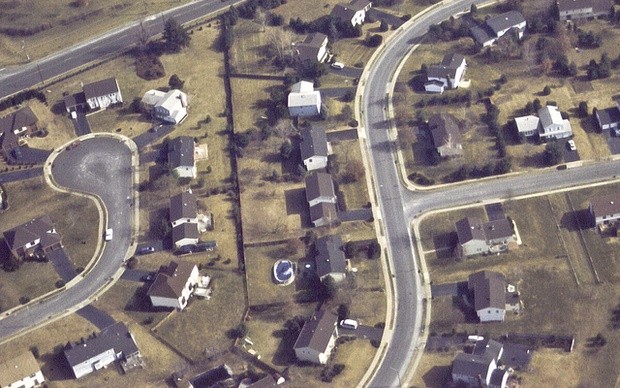A story came out in The Commercial Appeal this week that caused some chatter around local social media networks. The story was about a report from the Census Bureau that said the nine-county Memphis metro area gained a grand total of 888 people in the past year. That’s “growth,” but an intimate kind of growth, the kind where we could invite all the newcomers down to Loflin Yard for drinks or something.
But it’s important to remember that’s not just Memphis, that’s nine counties, our entire metro area. Also relevant is the fact that, nationally, the growth rate for all major metro areas was .8 percent. Sure, there are still cities with higher-than-average growth rates, but the trend, at least lately, has been flat population growth for most American statistical metro areas.
So how does that flat population number square with the boom in development in downtown and Midtown Memphis? People are moving in, obviously, or all these new apartments and condos and old buildings being built out for reuse wouldn’t be happening; all these new restaurants and entertainment districts wouldn’t be getting built. But that growth appears to be, at least for now, a function of these core areas gaining local residents at the expense of other local neighborhoods that are losing them.
[content-2]
As I wrote a couple of weeks ago, the areas that are beginning to show decline are the vast suburban tracts that were created as a result of the area’s suburban sprawl — the housing and development boom in Memphis’ outer reaches that marked the 1990s and early 2000s. It was seen as “growth” when it was happening, but it wasn’t. We got less dense, population-wise, but we weren’t gaining residents; we were just spreading our chips on the table, instead of stacking them. We built new schools, we got new malls, but it was mostly at the expense of Midtown and downtown Memphis, which lost residents. The growth trend now is back toward the urban core, as mall culture is dying and people are seeking community again.
How do we avoid making the same mistake in reverse: building up some areas while leaving other areas fallow and decaying? It will require first recognizing and accepting that we literally have spread ourselves too thin. We don’t have enough people living here to fill all the space in the metro area that we’ve built out and developed. We need to think creatively about how we recreate the inner core, making sure we avoid the mistakes made in developing our outer ring: overbuilt housing, cheap, transitory architecture, and automobile-centric design. And we need to get serious about de-annexing areas that have been complaining for years about having to be part of the city. Let ’em go. See you at the next Grizzlies game.
Development in the Memphis core must be smart, with an eye toward permanence and architectural cohesiveness. We need to be vigilant against overbuilding neighborhoods around entertainment districts or city parks — “pop-up” projects that appear destined to become obsolete in the coming years.
To that end, the proposed apartments at Sam Cooper and East Parkway are a good case study. The developers seem aware of the need to build something that is architecturally in sync with the neighborhood, but concerns have been raised about increased traffic at an already busy and complex intersection, one that serves as the primary gateway to the city from the east. The development’s proximity to the thoughtfully crafted and artistically welcoming eastern entrance to Overton Park is also a matter for consideration.
But controlling ambitious development in the urban core is a good problem for a city to have; certainly better than the alternative. Sometimes, flat is good.
